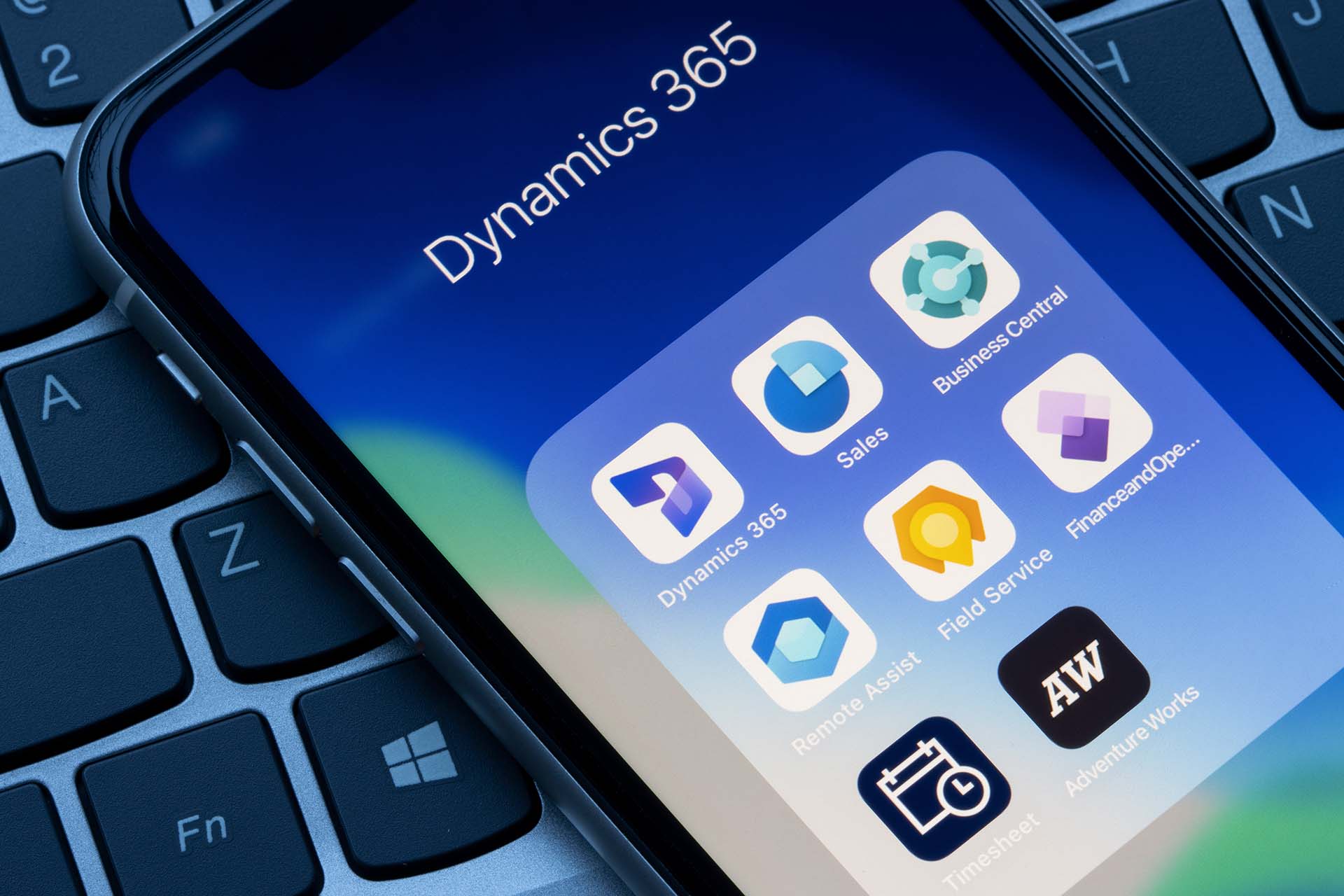Conversion Content Writing - It's an Art!
What's so complicated about creating content for conversion, we hear you ask. After all, isn't it just a case of asking AI?

Where to begin?
What's so complicated about creating content for conversion, we hear you ask. After all, isn't it just a case of making sure your product descriptions are good and that you include a call to action at the end?
Well, it's a little bit more complicated than that. Although the actual art in writing great, effective conversion content is not to let it get over-complicated. Confused? Let us explain…
Conversion content writing (or conversion copywriting) has one main aim: to persuade the reader to take a specific action. It's relevant to most forms of communication - website, e-mail marketing, social media ads or pop-ups - the whole point is that the copy has to be persuasive enough for the reader to take action.
By ‘action', we refer to the action you want this inspired reader to take. That might be to visit a specific page of your website, subscribe to your newsletter, download a brochure, click through to an offer, or have their details added to your marketing list. Essentially anything which will allow you to convert the person reading your content into a customer.
The conversion may be quick, but even if they don't ‘buy now', you'll have taken them to a position from which you can guide them to purchase in the longer term.
As a reputable communications agency, it would be remiss of us not to say that conversion content, just like any other type of copy, must be well written, clear, interesting and SEO-friendly. That said, the point here is not to be too clever or to try to cram too much information in, regardless of how amazing your product or service is. Your copy must stay true to its aim of simply getting your audience to take that all-important action.
Conversion content needs to take the person reading it on a big journey in quite a short space of time, and the choice of language will therefore be key. Word count may be low, but it has to educate the reader on what your product offers and how it benefits those who buy it. Of course, to ensure that you can concisely frame the right features and promote the best benefits to inspire action, you need to know as much as you can about your audience.
You must illustrate that you can satisfy a need or want. To do that effectively, you'll need to know what your reader's pain points are most likely to be, and research is the only sure-fire way to do that. It's not just a case of knowing your product inside out, you need to glean everything there is to know about your target market, the competition and what USP might be the ‘killer fact' to seal the deal.
Taking the reader of your communication through the stages of awareness, consideration and decision will require a deep understanding of what genuine need they are likely to have. We thoroughly recommend that you don't just guess this – instead, go ‘undercover', perhaps even have a sneaky peek at market-related online forums where frustrations and must-haves are discussed? Imagine if you were the one to solve the real bugbear your target market have? The process of conversion would become almost too easy.
Even when you have identified the needs and wants of your audience, you must remember that individuals can be at different points in their buying journey at any one time. This means that you may have to think about more than one communication and a few variations in your conversion content messaging to catch them all.
Finally, no piece of conversion content would be doing its job without the actual call to action. Regardless of whether you've got to fit this into a brightly coloured, prominent button or not, this should be short and unambiguous. ‘Click here' might not be the most imaginative call to action, but it's seldom misunderstood! Lead with a verb, the more emotive the better, and make sure it makes the reader feel the positivity of what you have to offer.


